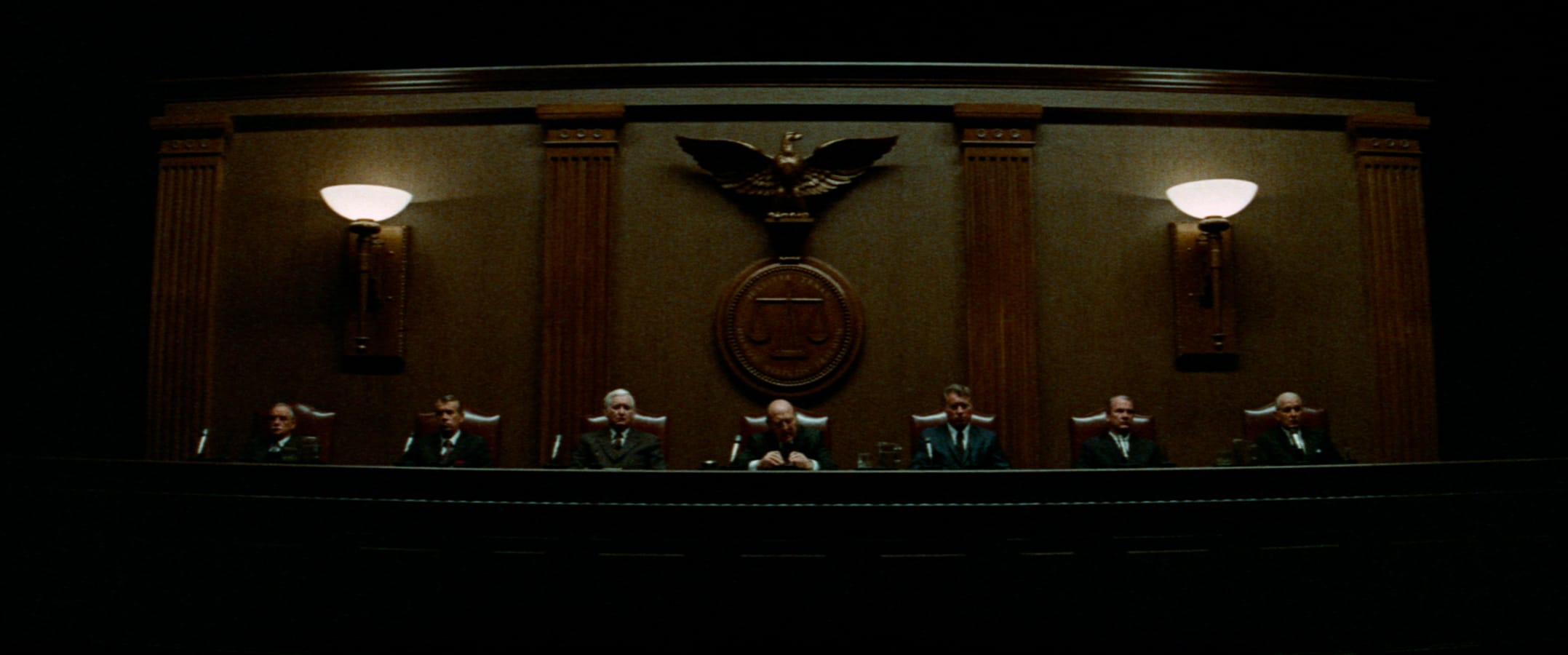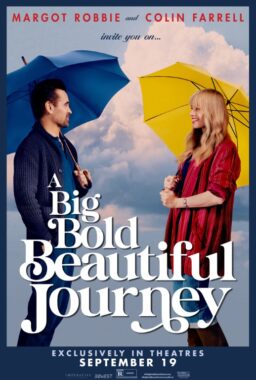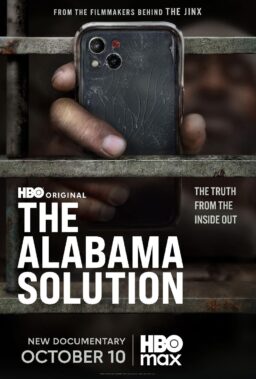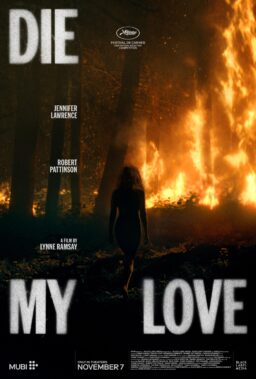It looks like a coffin from a distance, but as the camera pushes in we see that it’s actually a raised bench. Behind the bench sits a committee of seven, here to tell us the assassination we’ve just witnessed was the act of a lone gunman. And please, knock off the conspiracy theories. The image, a variation of which repeats at the end of the film, is chilling, a symbol of officious death in the shadows.
The movie is “The Parallax View” (1974), a welcome new addition to the Criterion Collection. It is paranoia personified. That assassination of a U.S. Senator, in the bravura opening sequence set at Seattle’s towering Space Needle, was witnessed by many. Now those people are dying steadily under fishy circumstances. A reporter (Warren Beatty) who witnessed the assassination thinks he’s found the answer: the Parallax Corporation, a school for assassins that trains aimless sociopaths to kill.
Or maybe he’s just paranoid.
The early ‘70s were a golden age for paranoia at the movies. There was “Executive Action” (1973), which skipped any symbolism and went right to the JFK assassination, and “Night Moves” (1975), in which Gene Hackman’s private investigator gets sucked into the search for a runaway teen. There was “Chinatown” (1974), wherein Jack Nicholson’s cock-of-the-walk P.I. figures he knows what he’s getting into but, of course, has no idea, and “The Long Goodbye” (1973), which gives us Elliott Gould’s shabby Philip Marlowe, who can only trust his cat.
Above all there was Alan J. Pakula’s paranoia trilogy, three films that evoke dread and distrust and extreme skepticism of official stories. “Klute” (1971), “The Parallax View,” and “All the President’s Men” (1976) take for granted that important people are lying, and, in some cases, killing to cover it up.
Hal Holbrook, who just passed away at the age of 95, will forever be known as Deep Throat, smoking a cigarette in a pitch-dark parking garage as he points Robert Redford’s Bob Woodward toward the solution to Watergate. Jane Fonda won an Oscar for her “Klute” performance as a high-priced call girl who can tell she’s being followed. (She doesn’t figure on her follower’s heavy corporate footsteps). These were high-profile films, warning viewers to trust nobody.
They arrived in the long shadow of the Warren Report (real-life antecedent to “The Parallax View”), which determined that Lee Harvey Oswald killed JFK by himself (debatable); and the Pentagon Papers, which found the government lied about Vietnam (indisputable). They arrived shortly after the violence of Chicago in ’68 and Kent State in ’70. They are fearful films, and they want you to be scared as well.

Of course, none of this matters in film if you don’t have the right look. In the paranoia trilogy, that look was created largely by cinematographer Gordon Willis. He shot all three films in the trilogy, bringing to each of them a layered blackness that constantly makes you wonder who or what might be lurking in the shadows. (Willis’ nickname was the Prince of Darkness.) Willis and Pakula brilliantly use darkness as negative space in “The Parallax View,” placing the threat amid those shadows, as in those shots of the exonerating committees. Other times the film puts the threat just outside the frame, or conjures a disembodied voice, as when a medical examiner provides cynical analysis of a reporter’s suspicious death (“There was enough alcohol and barbiturates to kill her if she fell asleep in bed, let alone at the wheel of a car”). Again, the official story bullies aside the possibility of conspiracy. When we finally see the source of these words, his face remains enshrouded in darkness even as his body moves through the frame.
In other instances it’s the music that provides the menace. Michael Small’s score plays like a deranged fanfare, interrupting its own triumphalist tones with a sort of musical nervous breakdown. Notes bend and break. The tone veers from “God Bless America” to dark and twisted. Small, who also scored the uneasiness of “Klute,” “Night Moves” and “Marathon Man,” extended the film’s paranoia beyond the visible.
The visual corollary to Small’s score, triumphant but diseased, comes when Beatty sits down in a dark room for his Parallax test to see if he, too, might make a good assassin. The screen fills with a series of images, some wholesome—mother and son, smiling cheerleader—and some sinister (an orgy, a lynching, Hitler). It’s like an outbreak of a Soviet montage in the middle of the film, uncanny and deeply disturbing.

More recent films have conjured their own kind of paranoia. David Fincher’s “Zodiac” (2007), with the late Harris Savides’ noirish cinematography, sends the hunt for a serial killer down a series of rabbit holes; like many other paranoid movies, it’s also about obsession. (It’s hard to be paranoid if you’re not also obsessed). “Michael Clayton” (2007) weds paranoia to two more of its tried and true companions, conspiracy and murder. (At the center of the film is the most eerily antiseptic murder you’ll ever see on screen). These are throwback movies that wear their paranoia proudly; you get the feeling that Pakula, who died in a car accident in 1998, would approve.
In these films it’s not delusional to be paranoid. It’s smart. It’s like the Joseph Heller line from Catch 22: “Just because you’re paranoid doesn’t mean they aren’t after you.” The characters in these films have every reason to be paranoid; their suspicions are generally proven right by film’s end, even if they’re no longer alive to enjoy the satisfaction. But they tend to underestimate the threat. Beatty’s reporter wants a story. Nicholson’s private investigator doesn’t like being made a fool of, and he wants the guys who sliced his nose up. Then the stakes keep getting higher, the evil gets harder to contain, and the grand design comes into focus. By then it’s too late. As John Huston’s Noah Cross, the puppet master of “Chinatown,” so helpfully advises Nicholson’s Jake Gittes: “You may think you know what you’re dealing with, but believe me, you don’t.”
That’s what makes a paranoid hero. They’re all in over their heads. Objects are way bigger than they appear in the mirror. The plot mechanism that starts off looking like an inconvenience, or even an opportunity, becomes a nightmare. And we’re along for the ride, sometimes a step ahead of the hero, more often so caught up that we wonder if those malevolent forces might be out to get us as well.
To order a copy of “The Parallax View” on Criterion Blu-ray, click here.











